Sergeants may be the backbone of the U.S. military, but it’s the junior enlisted troops, or E-3s and below, who really make mission.
In the U.S. military, what you call each rank may change from branch to branch, but pay grades are the universal equalizer. Enlisted ranks begin at E-1, like a private in the Army or Marine Corps, and extend all the way to E-9, like a Master Chief Petty Officer in the Navy or Chief Master Sergeant in the Air Force.
During my time in Uncle Sam’s favorite gun club, the United States Marine Corps, I was incredibly proud on the day I pinned on sergeant and took my place among the decisive middle-managers of the force, finally granted the authority I needed to make hard decisions for my team, and the responsibility I deserved to answer for them to higher. But while sergeants may play an integral role in the function of the enlisted ranks… it’s pretty hard to argue that the lance corporals under my charge weren’t the real hard chargers.
What are E-3s in different U.S. military branches?
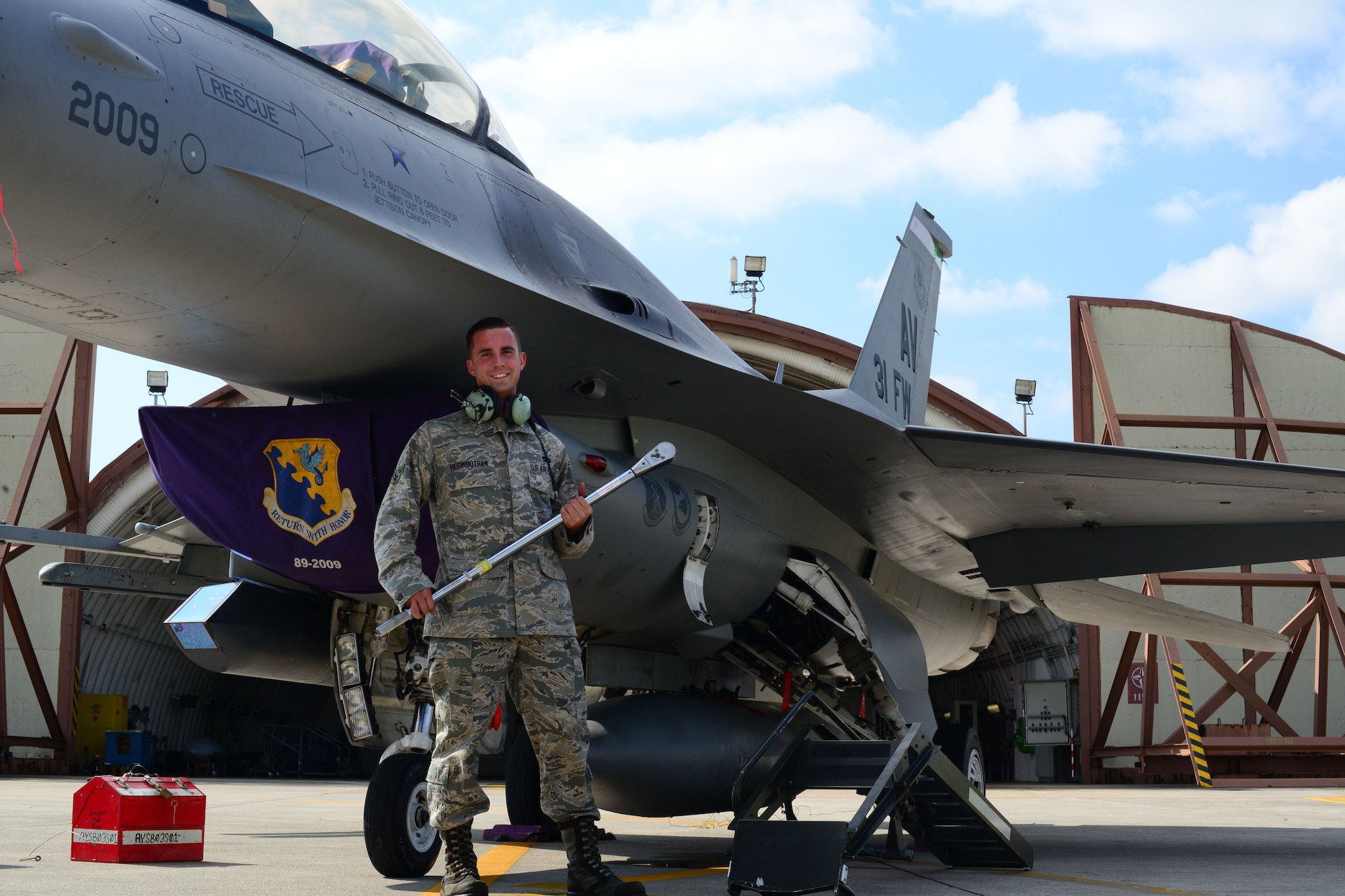
E-3s are the third of nine enlisted ranks in the U.S. military, often considered to be the last “junior” rank. In the Marine Corps, which prides itself on small unit leadership, E-3, or Lance Corporal, is the last rank before becoming a non-commissioned officer, expected to lead troops yourself.
- Air Force E-3: Airman First Class
- Navy E-3: Seaman (Airman, Fireman, Dentalman, Hospitalman, etc)
- Army E-3: Private First Class
- Marine Corps E-3: Lance Corporal
- Space Force E-3: Specialist 3
While the amount of responsibility and authority an E-3 is given varies dramatically by service branch, unit, and even the individual, that broad spectrum of assignments is a big part of what makes E-3s so valuable to the force.
Related: The complete list of US military ranks (in order)
1. E-3s in the US military are the subject matter experts
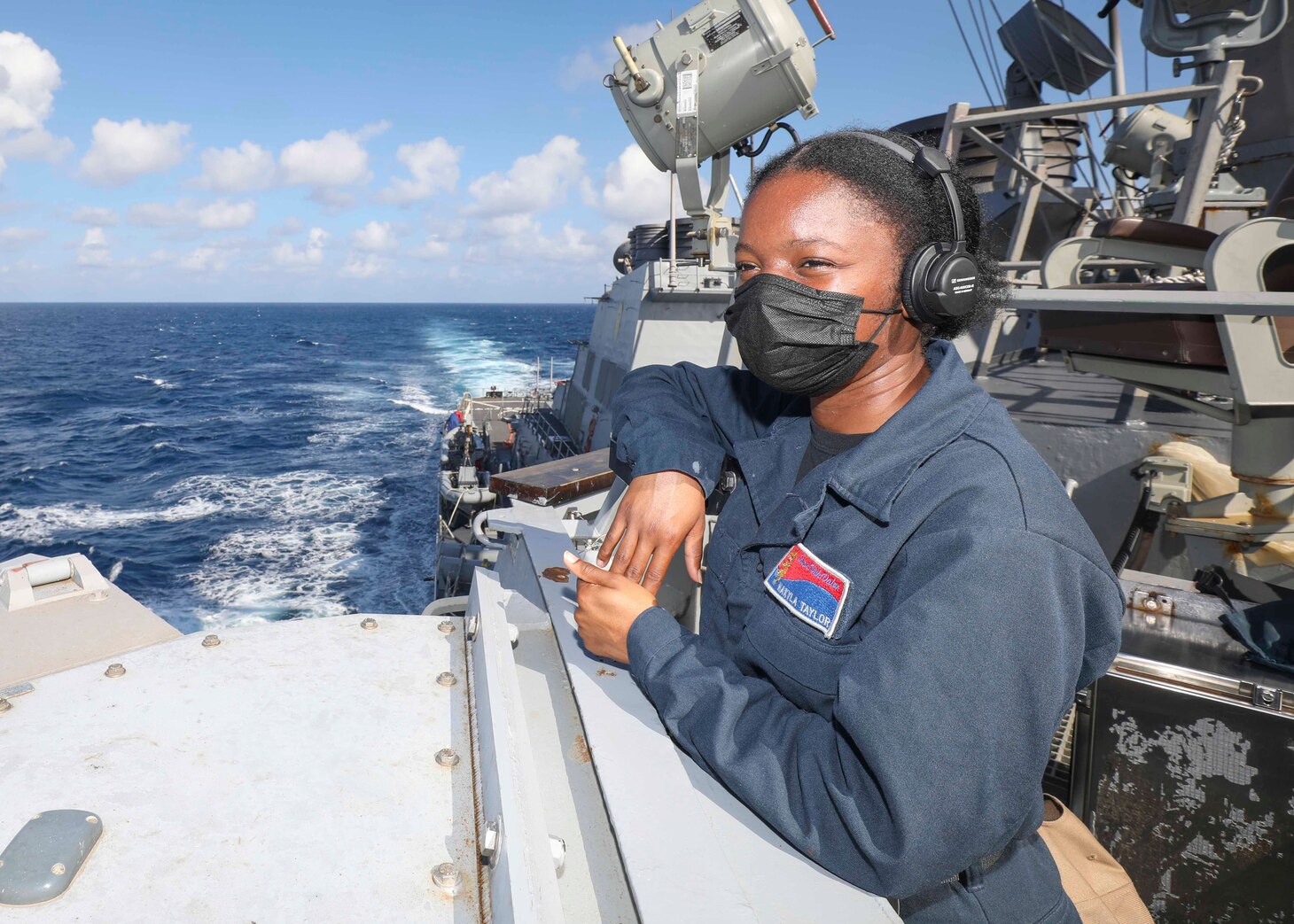
In the Marine Corps, you’ll often hear people joke about “senior lance corporals,” or E-3s who have been around longer than their peers and demand courtesies usually reserved for higher ranks. But there’s another kind of “Senior Lance Corporal” that I know to be absolutely essential to the success of many units: the subject matter experts who have either been demoted or who don’t meet the requirements for promotion to the next rank.
In a competitive MOS (military occupational specialty), it can sometimes be extremely difficult (or even impossible) to add that second stripe to your collar. You often need to demonstrate not only a high degree of job proficiency, but a high level of physical fitness, a high degree of accuracy with your service rifle, and a thorough understanding of the customs and courtesies that make up military culture, and there are times when promotions will be closed entirely due to a lack of open spaces for that rank. These are the elements the military believes are important for promotion, but failing to meet one of them doesn’t mean you aren’t the most technically proficient guy or gal in your shop. Some E-3s may never see a higher rank before departing from service, but they can still deliver a great deal of expertise when it’s sorely needed. In fact, they often have the most hands-on experience of anyone in the room.
When there’s a big pay problem for a mobilized reserve unit, it’s often a “senior” lance corporal at the IPAC who finds and presents the solution to the PERSO. When comms go down in the African savannah, it’s the “senior” E-3 who knows the tricks to get it running again without having to flip through thirty pages of reference materials. In the infantry, experienced lance corporals earn the respect of their peers for good reason, and the confidence they display in the execution of their tasks, the issuing of commands, and the support of their peers literally helps keep warfighters alive.
Some of them may be a bit too heavy. Some of them may have been caught drinking in the barracks. Some of them may struggle to pass the PFT… but while the military may not be their career forever, the expertise these E-3s provide the U.S. military is invaluable while they’re here.
Related: The future Marine Rifle Squad as explained by a machine gunner
2. E-3s lead from the front. Literally.
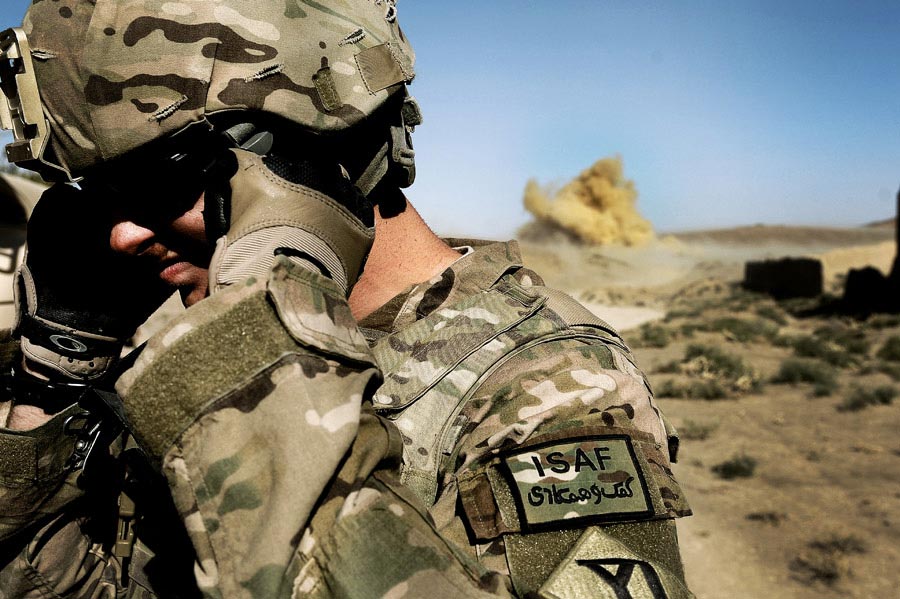
There’s no question about the fact that NCOs (Non-Commissioned Officers) are essential to the success of America’s defense apparatus. In fact, there’s a well-reasoned argument to be made that one of Russia’s most glaring issues throughout its poorly executed invasion of Ukraine is a weak NCO corps. But the truth is, E-3s often represent the very first layer of leadership in the US military.
According to the Defense Manpower Data Center, E-3’s represented nearly 18% of all active-duty enlisted troops in the US military in 2021. Among the three most-junior enlisted pay grades, E-3s dominate, representing a bit more than 64% of the labor force. As a former platoon sergeant, I took a great deal of pride in saying “sergeants are the backbone of the Corps,” but to extend that analogy to its logical conclusion, that means E-3s are equally essential for success… Calling them the pelvis seems like a joke about safe sex practices during a liberty safety brief, so let’s call them the knees instead.
Like the battered knees of every service member, E-3s often suffer under the weight of the units they support. Working parties, weekend duties, color guards, night watches, you name it, E-3s are expected to do it—and all while looking out for the E-1s and E-2s around them. Often, a sergeant or corporal will issue orders and depart to continue with their duties, leaving the junior enlisted troops to accomplish their objective, be it police calling a parking lot or digging a fighting hole. While good leaders make themselves available for questions and offer support to their team, it’s often up to the “senior” or most confident E-3 in a group to take charge and ensure objectives are accomplished in the manner expected.
When something unforeseen pops up, it’s these subject matter experts who make immediate decisions, get the team back on track, or contact higher for clarification or support. These judgment calls happen a hundred times a day and are often invisible to senior leaders, who have responsibilities that may span greater distances or requirements than each small group under his or her charge. Without the on-site leadership of experienced E-3s, it would be practically impossible to delegate tasks effectively.
Related: 7 of the coolest jobs in the Navy for you to check out
3. E-3s may be young, but they understand the value of sacrifice.
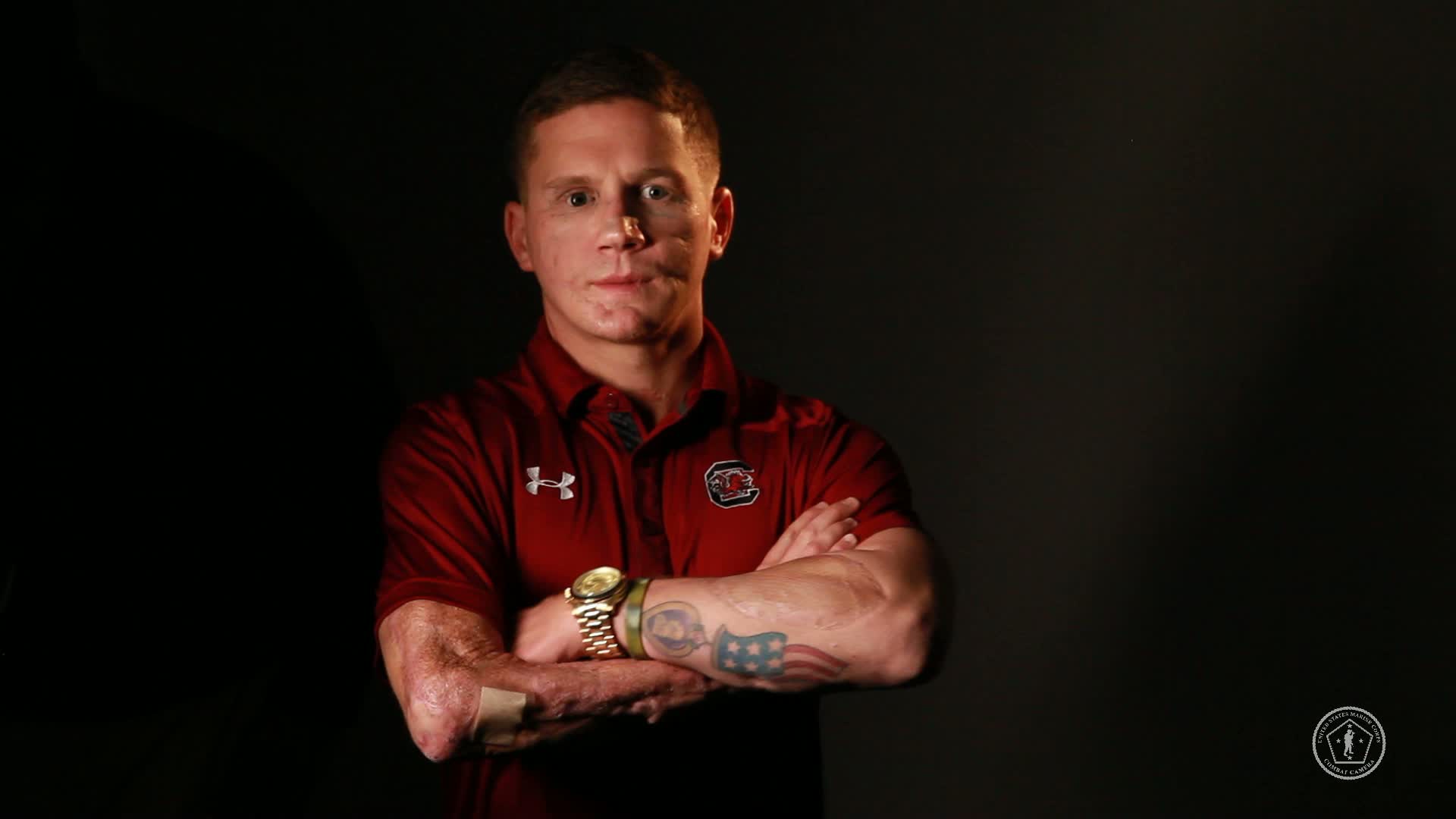
A football team needs good coaching, good leaders, and a good strategy to win, but even if you’ve got all that in spades, winning the big game comes down to individual execution at the ground level. Non-commissioned officers may be the quarterbacks and receivers who get most of the attention, but without a solid offensive line made up of junior enlisted troops, those higher-profile ranks will never have the chance to shine. Because E-3s represent the majority of the junior enlisted ranks, success in any military endeavor often comes down to the individual execution of their tasks at the ground level.
It’s because of this time with their hands in the dirt that E-3s earn their roles as ground-level subject matter experts, but depending on the service member’s job, that can also mean seeing some very dangerous situations. And while heroism can be found in all ranks and paygrades throughout the US military, E-3s are uniquely suited to understand the stakes of what they’re doing both at the immediate tactical level and in terms of the broader strategic importance. It’s that developing context that prepares E-3s to take on more senior leadership roles as their careers progress, but with that understanding also comes a solemn sense of responsibility. E-3s know what’s got to be done, they know how to do it, and they know what’ll happen if they fail. Frequently, they’ve even been around long enough to have lost a friend or two when things didn’t go the way they were supposed to.
If you peruse down the list of Medal of Honor recipients in the modern Global War on Terror era, the majority of the warfighters to earn our nation’s highest honor come from more senior ranks—men and women who have been around long enough and have received the advanced training to be assigned incredibly dangerous jobs. These seasoned professional warriors head into the fight with a good sense of what they’re up against and just how dangerous things are about to get, and they deserve our deepest gratitude for their calm, rational courage in the face in the face of difficult odds.

E-3s who are awarded for their heroism or courage usually come in different circumstances. Rather than finding their way into the history books by fighting their way through a specialized covert operation gone haywire, their heroism often manifests in split-second decisions in normal situations turned bad. These aren’t experienced troops intentionally thrown into extraordinary mission sets, they’re regular troops who found themselves thrown into extraordinary circumstances and who quickly chose to prioritize the safety of others over themselves. This is not a greater or lesser form of heroism, it’s simply a different way the nobility of selfless service can manifest in wartime, but the stories of E-3s who earn accolades for their bravery are often shining examples of understanding the value of saving lives and accomplishing the mission, even if it means paying the ultimate price.
E-3s may not call the shots in the US military, but their hard work, determination, grit, and sacrifices —from the box kickers working extra hours to get desperately needed gear into the field, to the food-service teams ensuring troops are fed, to the personnel clerks checking manifests at entry control points to ensure no one is left behind, and the infantry grunts filling sandbags and standing their posts— all serve as the foundation of every successful operation, every battle won, and every job well done.
Related: Delta Force operator to receive Medal of Honor for heroic actions
Some notable E-3s in the US military who recently proved you don’t need a high rank to have a big effect
US Army Private First Class Ross A. McGinnis
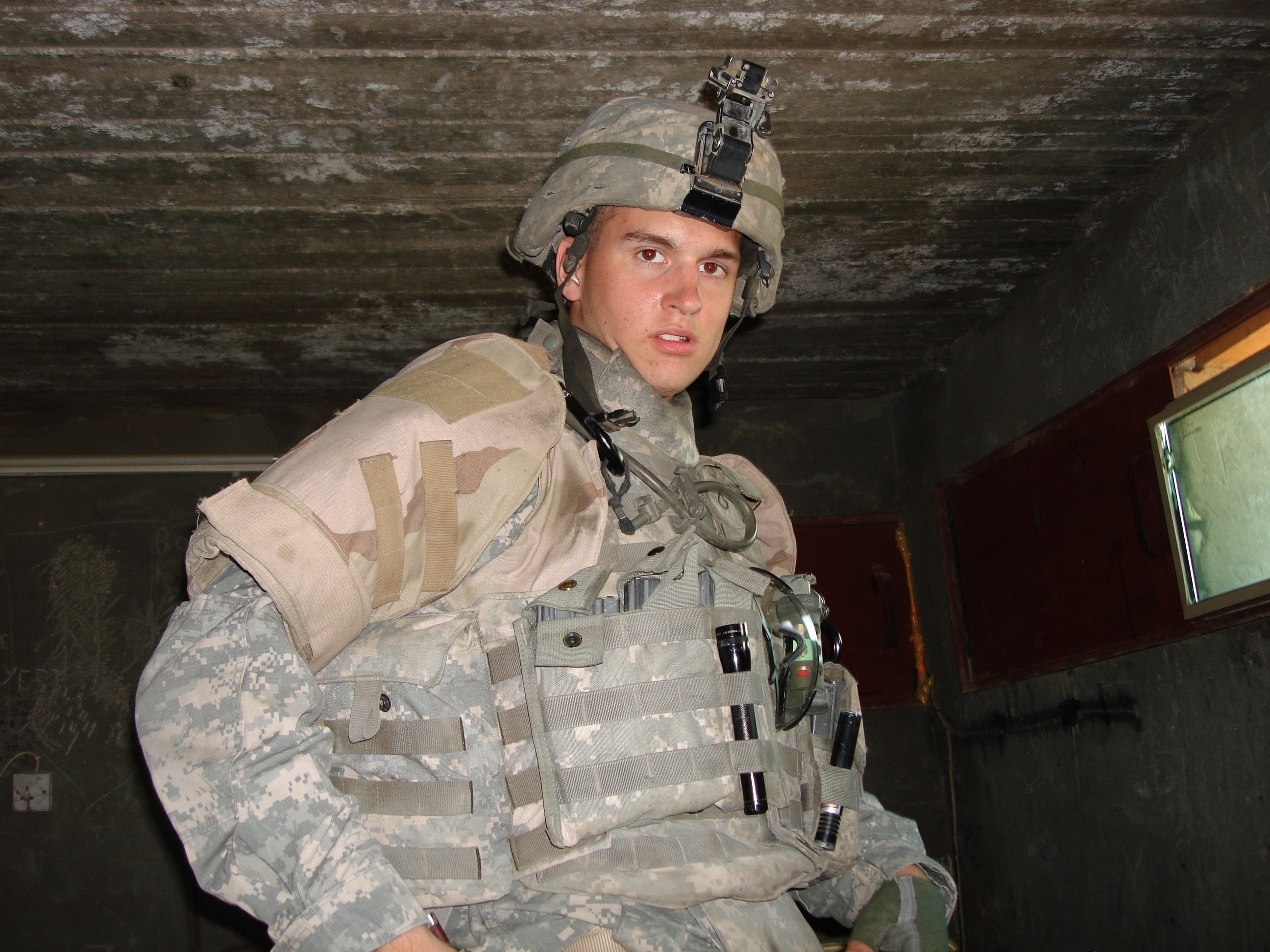
In 2004, US Army Private First Class Ross A. McGinnis was manning the M2 .50-caliber Machine Gun in his Humvee as he and four other men from his platoon drove through Adhamiyah, Northeast Baghdad, Iraq on patrol.
Suddenly, someone threw a grenade into the vehicle. McGinnis shouted a warning, but one of the Soldiers in the vehicle replied that he couldn’t see where the grenade was. In a split-second decision, McGinnis chose to fall on top of the grenade, absorbing the blast with his own body and saving the other men in the vehicle. McGinnis was posthumously awarded the Medal of Honor for his actions.
US Marine Lance Corporal Kyle Carpenter
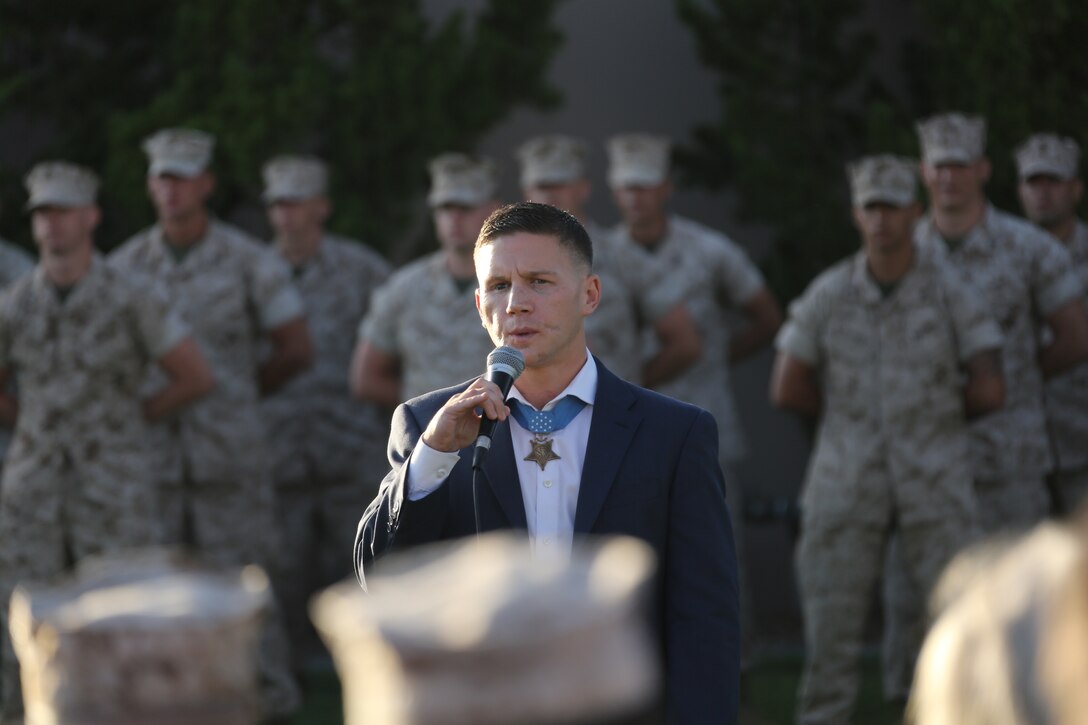
In 2010, US Marine Lance Corporal Kyle Carpenter was one of two Marines manning a rooftop security post in the village of Marjah, in the Helmand Province of Afghanistan. Suddenly, a Taliban fighter lobbed a grenade into their position, which was surrounded by sandbags.
Aware that the grenade would likely kill them both, Carpenter quickly dove onto it and absorbed the blast with his body. Carpenter was severely wounded, but survived, and was awarded the Medal of Honor for his heroism.
US Air Force Airman 1st Class Spencer Stone

In 2015, US Air Force Airman 1st Class Spencer Stone was stabbed while he and two others subdued and restrained a gunman as he boarded a train to Paris and commenced his attack.
Despite being armed with a Luger pistol, AK-47, and a box cutter, Stone, Army Spc. Alek Skarlatos, and their friend Anthony Sadler rushed the gunmen and saved countless lives in the process. Stone received a Purple Heart and Airmen’s Medal for his heroism.
No comments:
Post a Comment
I had to change the comment format on this blog due to spammers, I will open it back up again in a bit.